Today we go back across the River Vltava to see Prague Castle up close and personal.
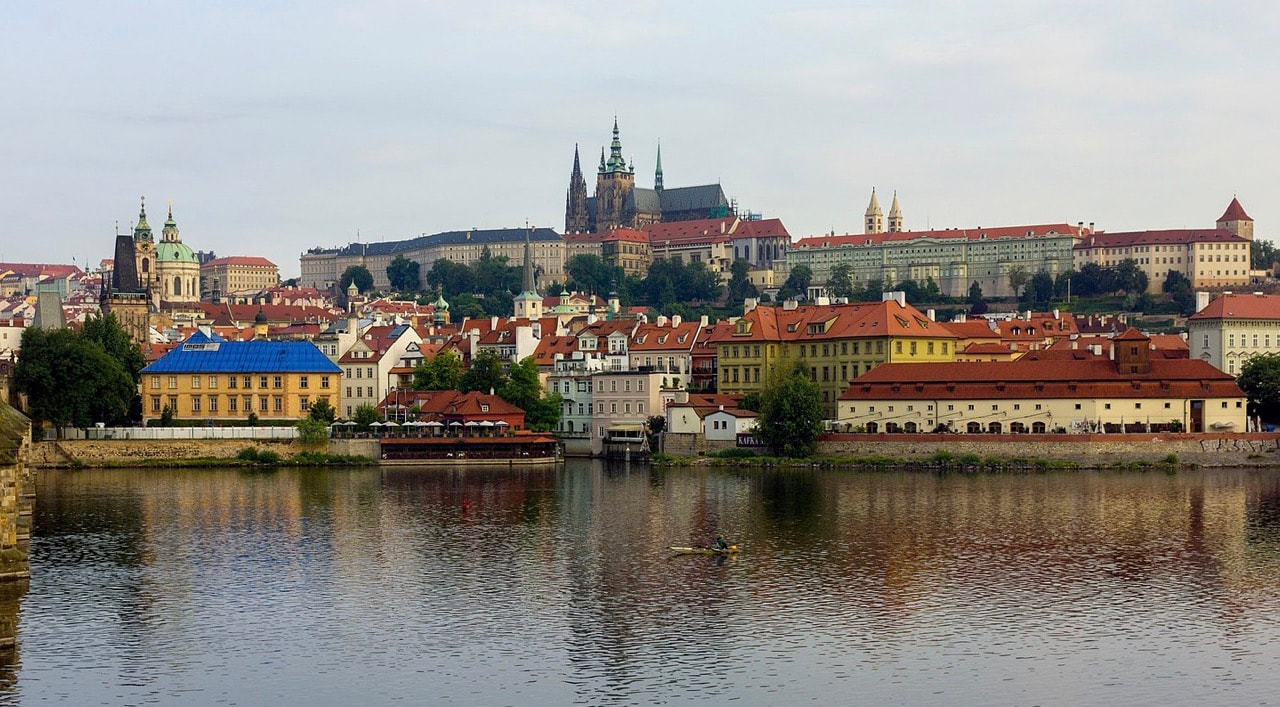
Attribution: Use or reproduction of this image outside of Wikipedia must give the original photographer (Andrew Shiva)
Sights seen along the way - architectural treasures abound (these are actually side-by-side).
Here's a dynamic sculpture - it rotates as a whole, but then also the stacked elements rotate to morph the head into different looks.
Not so public transit, but at least lesser impact than a Ford Expedition or Chevy Surburban.
| On 17 November 1989 (International Students' Day), riot police suppressed a student demonstration in Prague. The event marked the 50th anniversary of a violently suppressed demonstration against the Nazi storming of Prague University in 1939 where 1,200 students were arrested and 9 killed. The 1989 event sparked a series of demonstrations from 17 November to late December and turned into an anti-communist demonstration. On 20 November, the number of protesters assembled in Prague grew from 200,000 the previous day to an estimated 500,000. The entire top leadership of the Communist Party, including General Secretary Miloš Jakeš, resigned on 24 November. | The Velvet Revolution was a non-violent transition of power in what was then Czechoslovakia, occurring from 17 November to 28 November 1989. Popular demonstrations against the one-party government of the Communist Party of Czechoslovakia included students and older dissidents. The result was the end of 41 years of one-party rule in Czechoslovakia, and the subsequent dismantling of the command economy and conversion to a parliamentary republic. |
---------------------------------------------------------------------------------------------------------------------------------------------------
Gerri poses with better public transportation: trams, bicycles, and side walks.
Prague Castle
Prague Castle's history began in the 9th century. It is the official office of the President of the Czech Republic. The castle was a seat of power for kings of Bohemia, Holy Roman emperors, and presidents of Czechoslovakia.
According to the Guinness Book of Records, Prague Castle is the largest ancient castle in the world occupying an area of almost 70,000 square metres (750,000 square feet), at about 570 metres (1,870 feet) in length and an average of about 130 metres (430 feet) wide. The castle is among the most visited tourist attractions in Prague, attracting over 1.8 million visitors annually.
The Metropolitan Cathedral of Saints Vitus, Wenceslaus and Adalbert is a Roman Catholic metropolitan cathedral and the the seat of the Archbishop of Prague. The 1344 AD church replaced an earlier one from 930 AD.
According to the Guinness Book of Records, Prague Castle is the largest ancient castle in the world occupying an area of almost 70,000 square metres (750,000 square feet), at about 570 metres (1,870 feet) in length and an average of about 130 metres (430 feet) wide. The castle is among the most visited tourist attractions in Prague, attracting over 1.8 million visitors annually.
The Metropolitan Cathedral of Saints Vitus, Wenceslaus and Adalbert is a Roman Catholic metropolitan cathedral and the the seat of the Archbishop of Prague. The 1344 AD church replaced an earlier one from 930 AD.
"Time-lapse" side-by-side photographs - we're here 99 years after the old photo was made.
Lesser Town
Malá Strana (Czech for "Little Side (of the River)") or more formally Menší Město pražské (English: Lesser Town of Prague) is a district of the city of Prague and one of its most historic neighborhoods. Dating from the 10th century, a major fire burned 75% of it in 1540, but to this day the vast majority of the buildings pre-date 1800.
Strahov Monastery Brewery - we had some good beer and some good food and shared a table with an engaged couple.
Strahov Monastery is a Premonstratensian abbey founded in 1143 by Jindřich Zdík, Bishop John of Prague, and Vladislaus II, Duke of Bohemia.
Tycho Brahe and Johannes Kepler, giants of astronomy, and the bust of "111", unknown live dude.
Now back in the vicinity of Charles Bridge.
The Lennon Wall or John Lennon Wall. Since the 1980s, this once-typical wall has been filled with John Lennon–inspired graffiti, lyrics from Beatles' songs, and designs relating to local and global causes.
Located in a small and secluded square across from the French Embassy, the wall had been decorated by love poems and short messages against the regime since 1960s. It received its first decoration connected to John Lennon—a symbol of freedom, western culture, and political struggle—following the 1980 assassination of John Lennon when an unknown artist painted a single image of the singer-songwriter and some lyrics.
Located in a small and secluded square across from the French Embassy, the wall had been decorated by love poems and short messages against the regime since 1960s. It received its first decoration connected to John Lennon—a symbol of freedom, western culture, and political struggle—following the 1980 assassination of John Lennon when an unknown artist painted a single image of the singer-songwriter and some lyrics.
The Memorial to the Victims of Communism is a series of statues commemorating the victims of the communist era between 1948 and 1989. It is located at the base of Petřín hill, Újezd street in the Malá Strana or the Lesser Town area. It was unveiled on the 22 May 2002, twelve years after the fall of communism in the Eastern Bloc.
We ride the inclined railway to go see the Petřín Lookout Tower, a steel-framework tower 63.5 metres (208 ft) tall on Petřín Hill built in 1891. It resembles the Eiffel Tower and was used as an observation tower as well as a radio transmission tower.

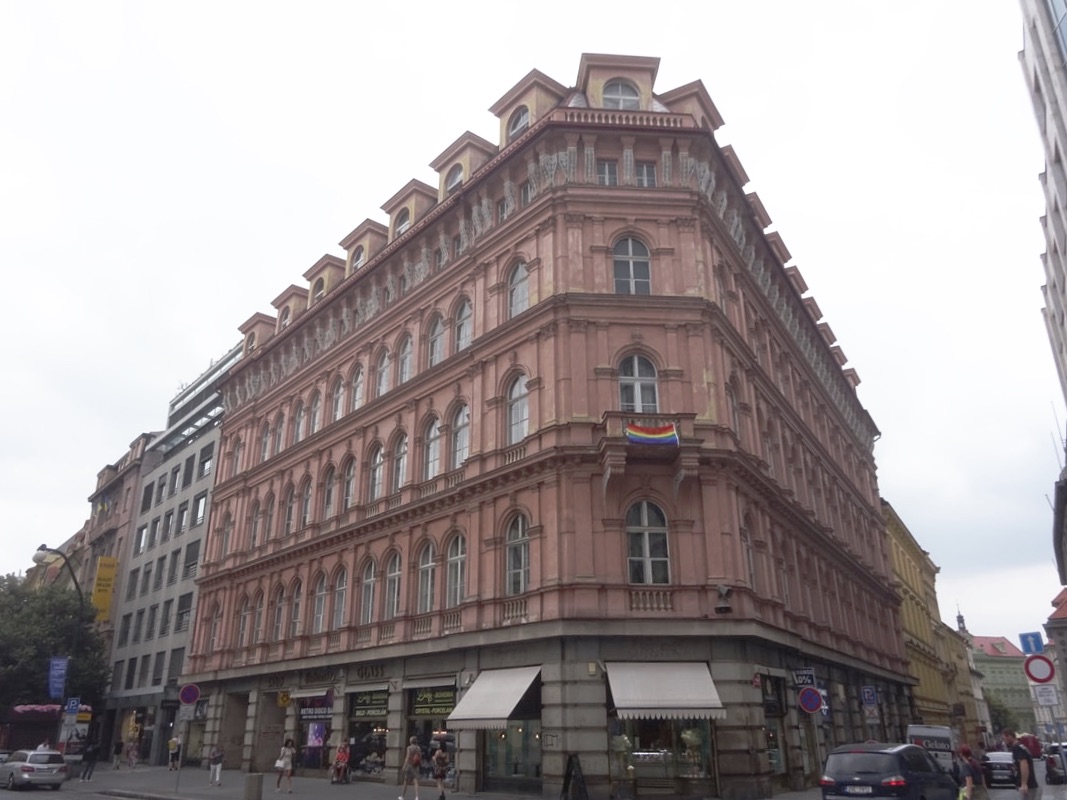
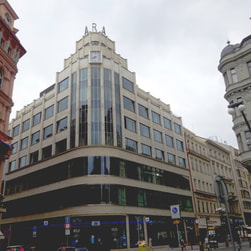
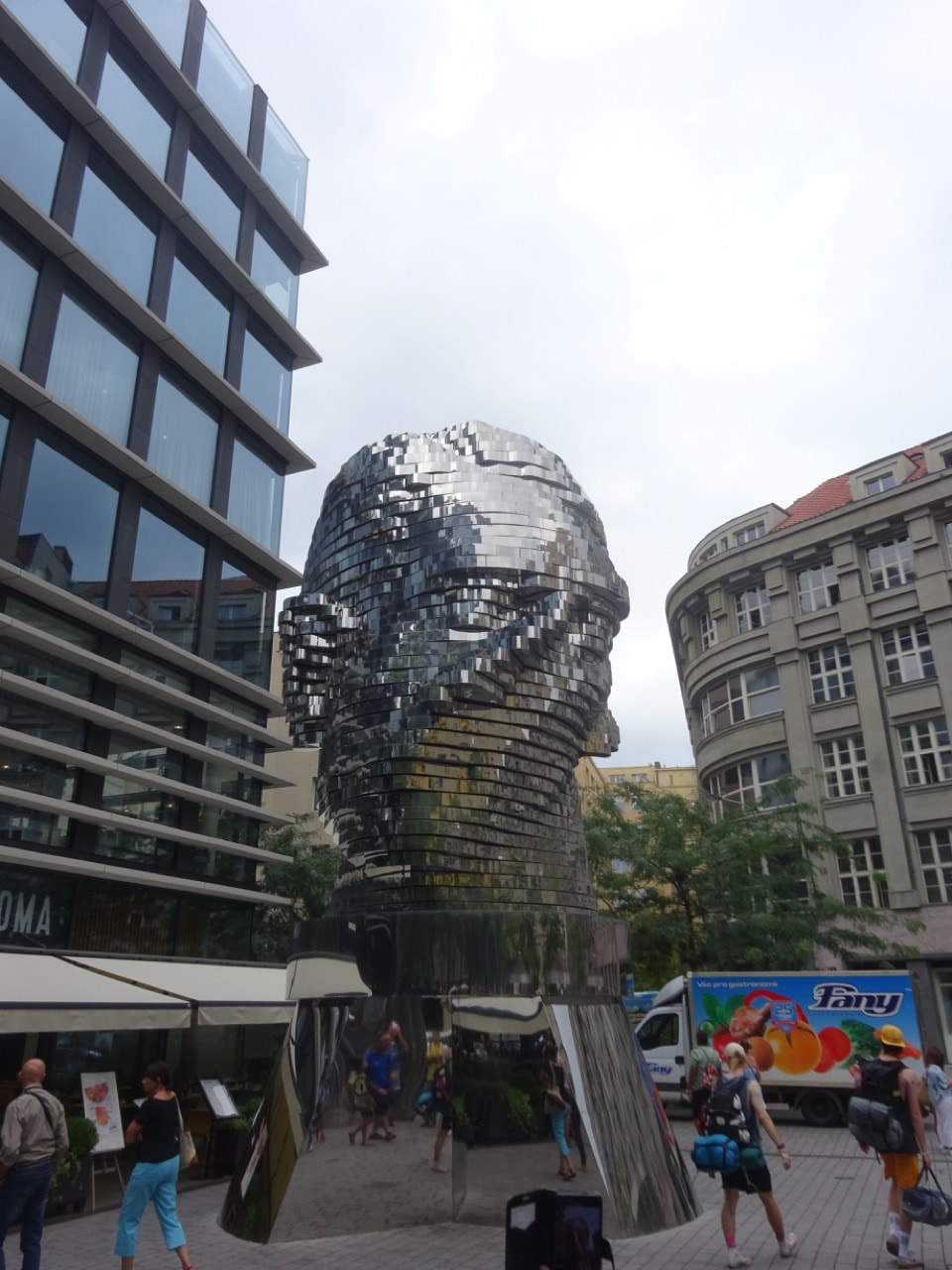
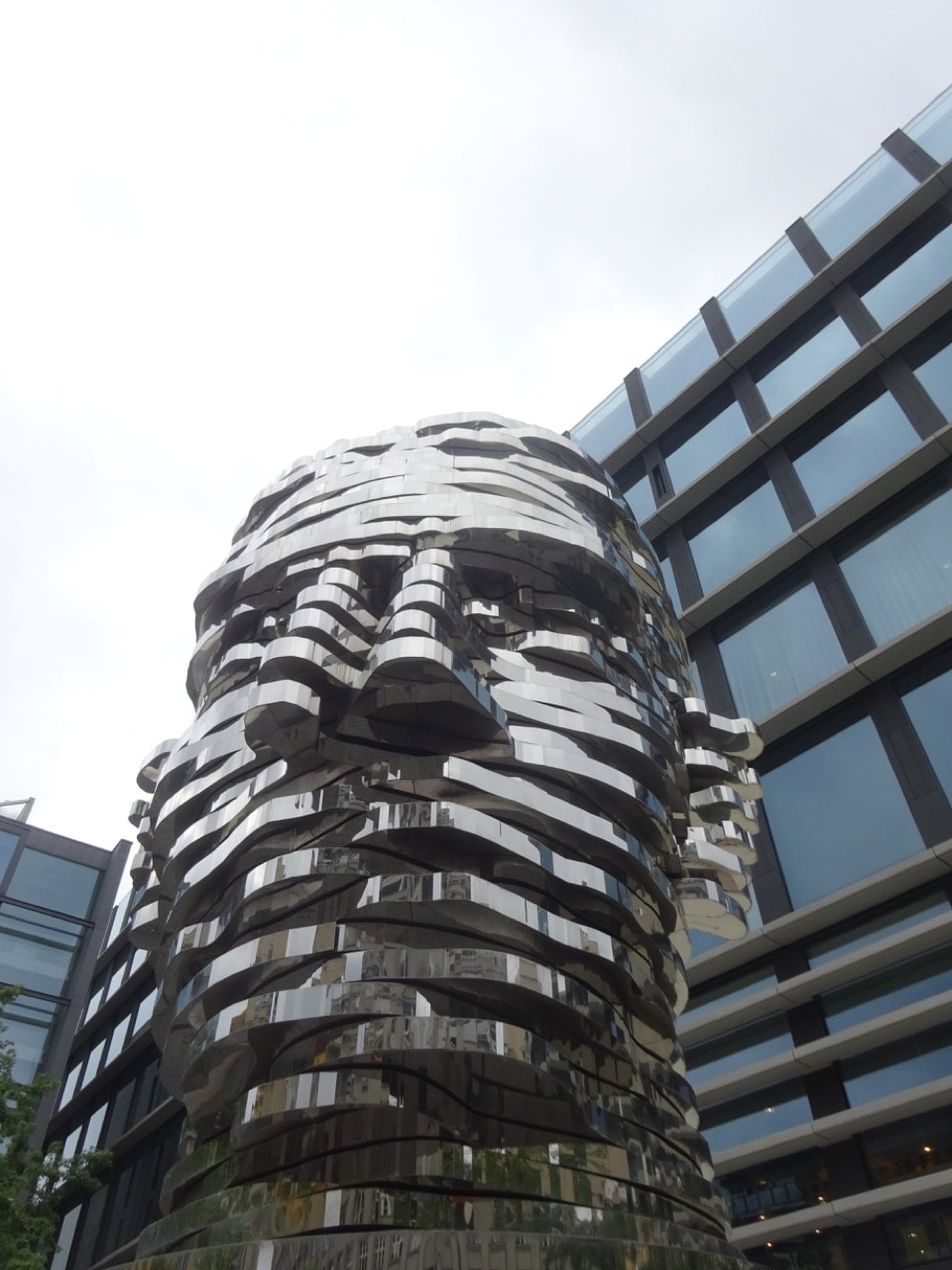
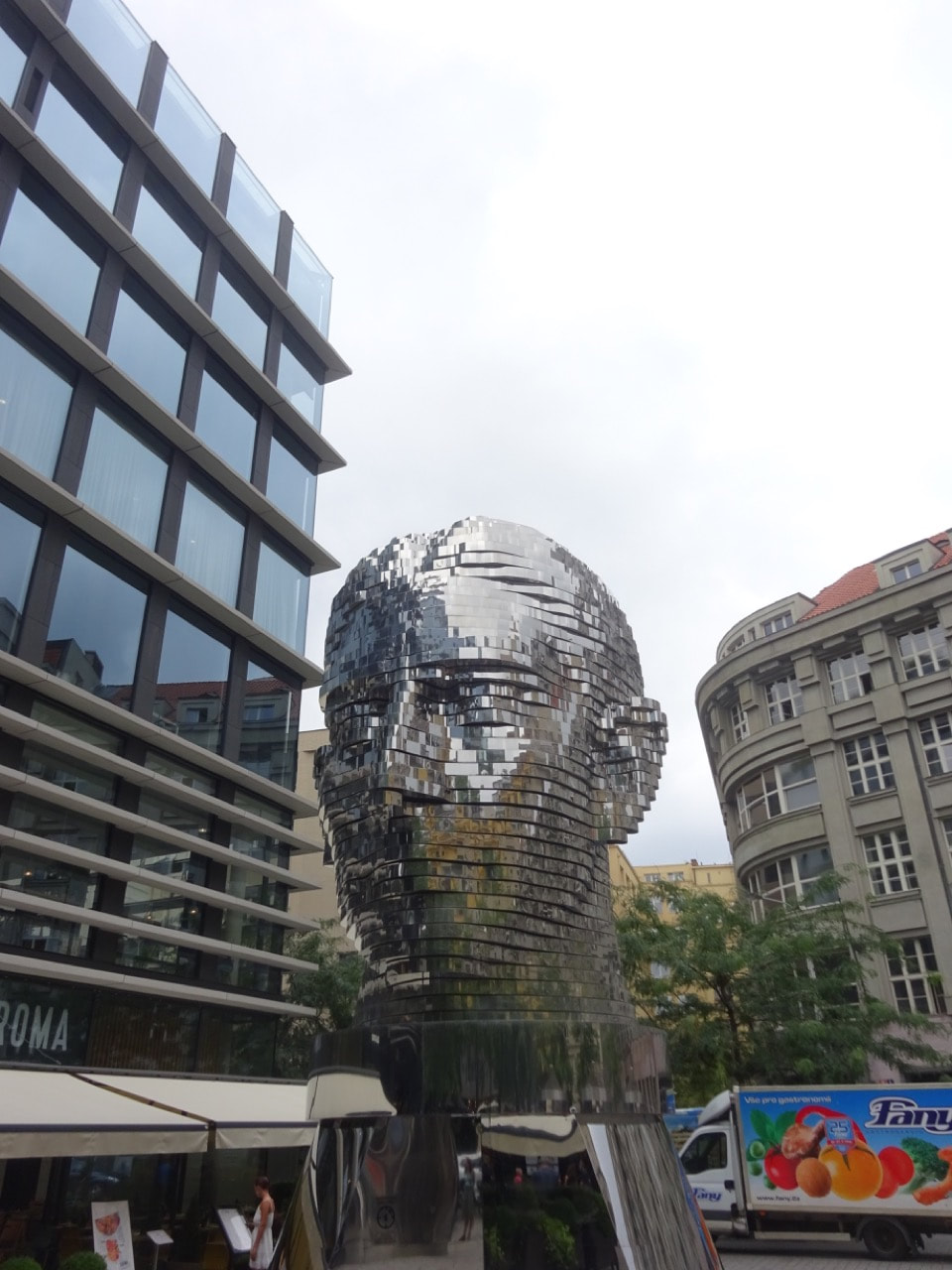
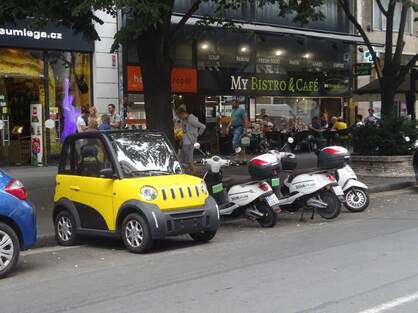
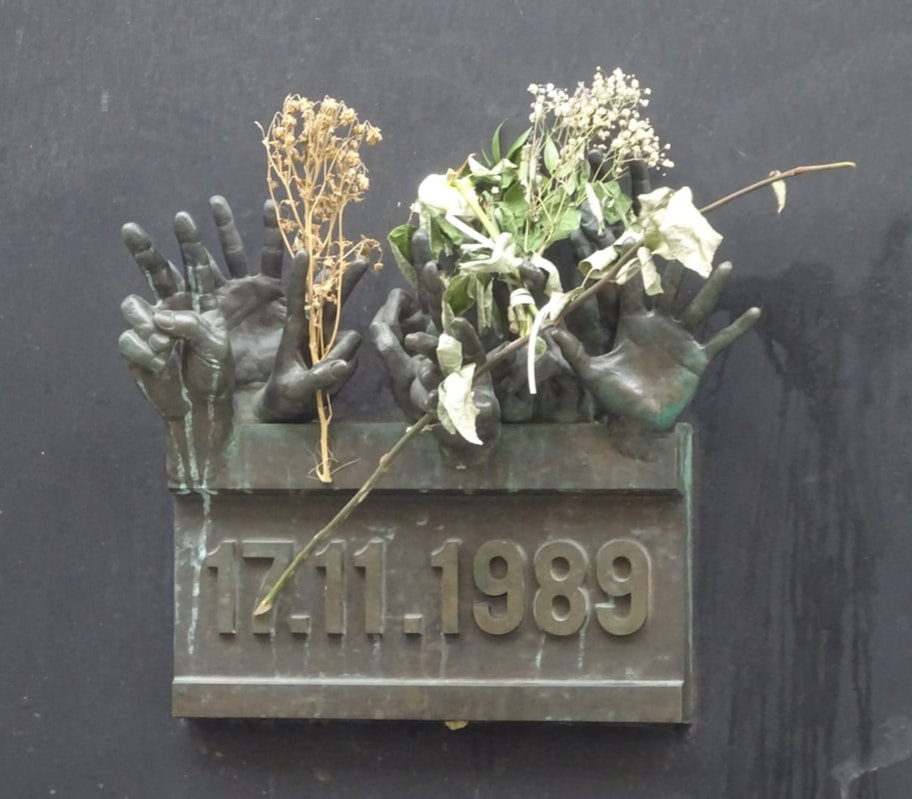
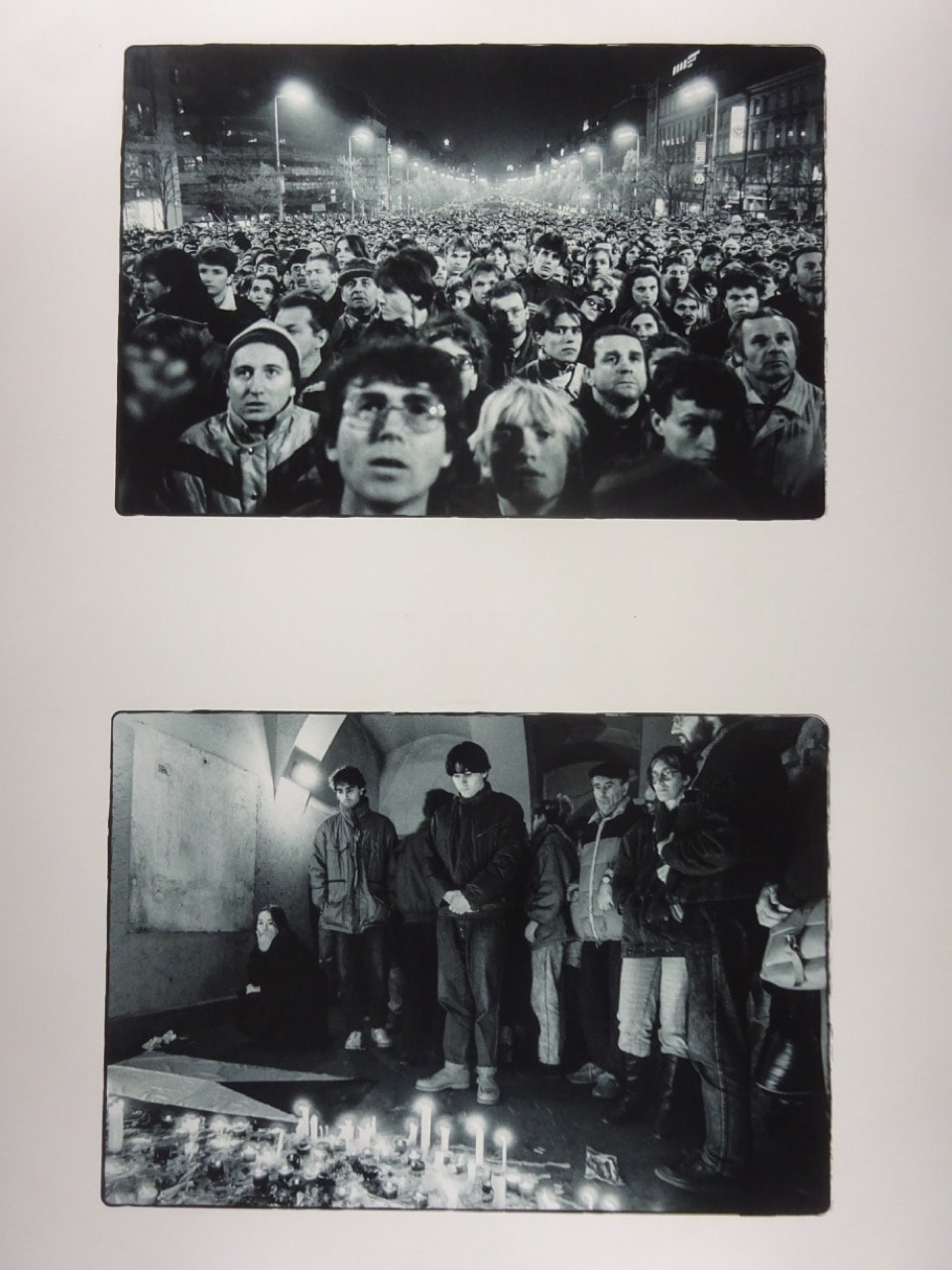
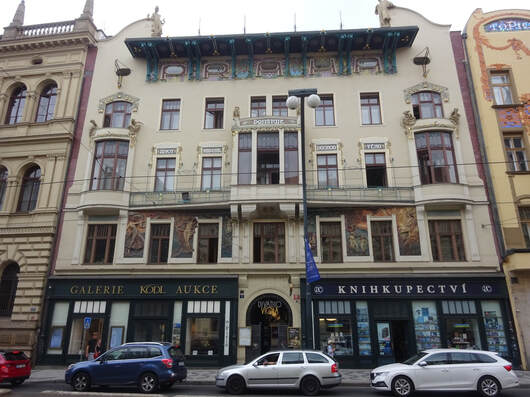
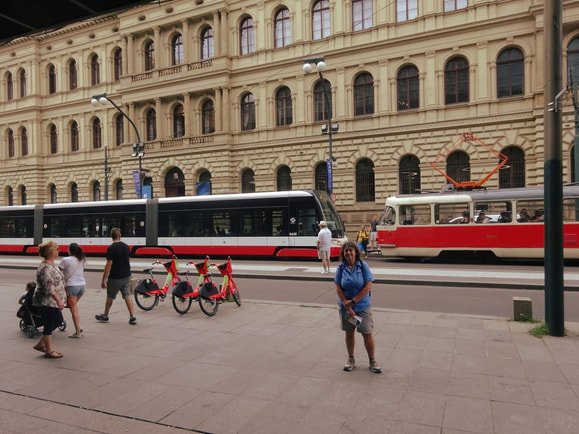
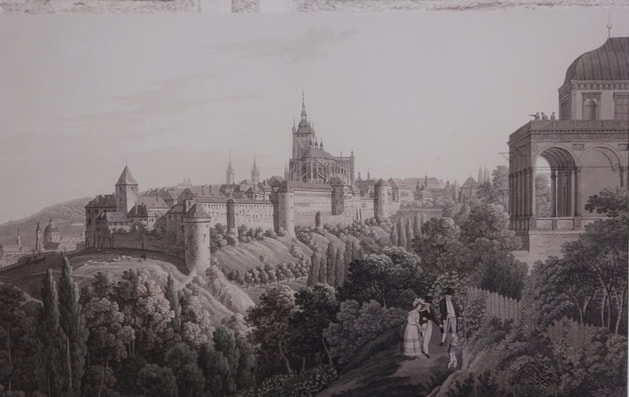

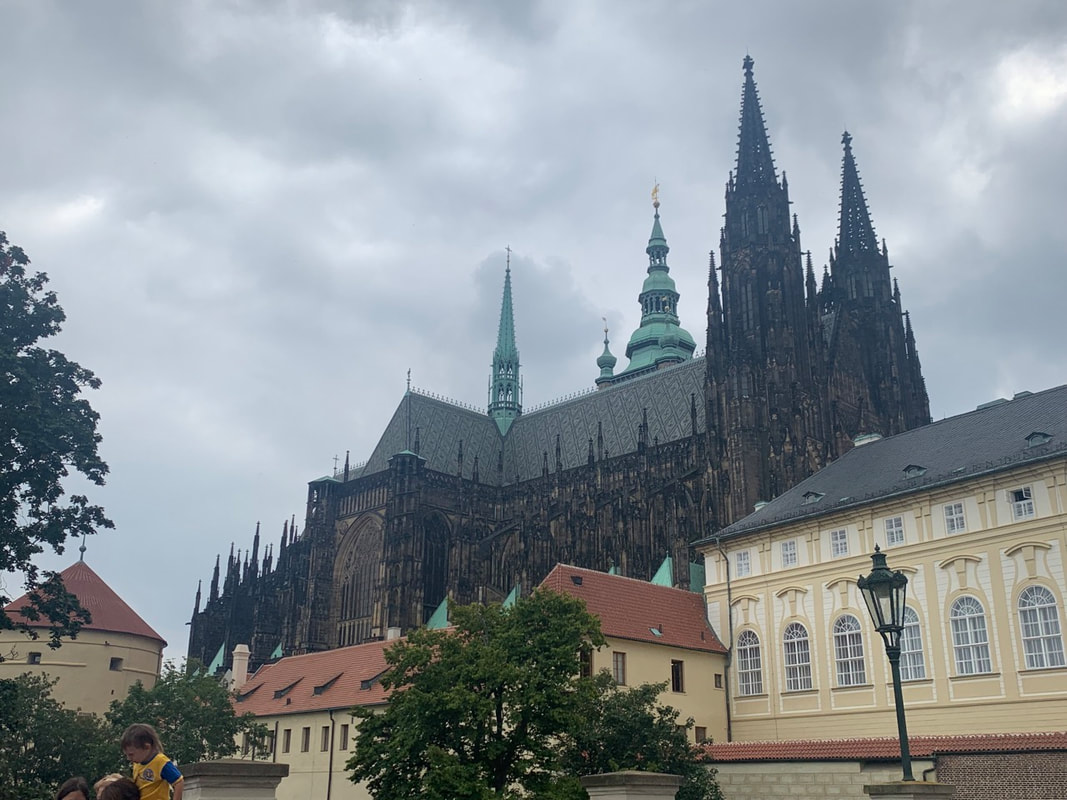

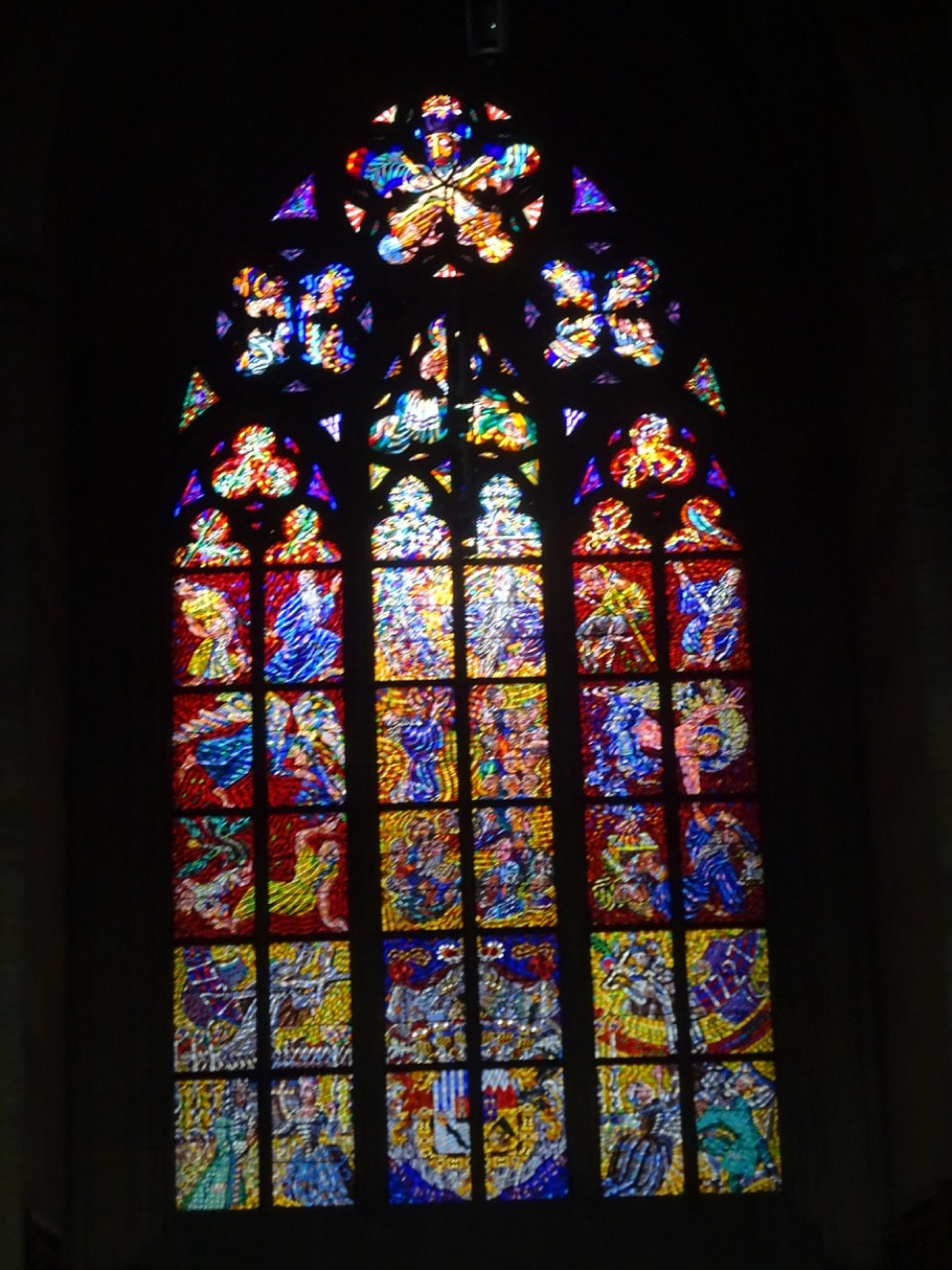
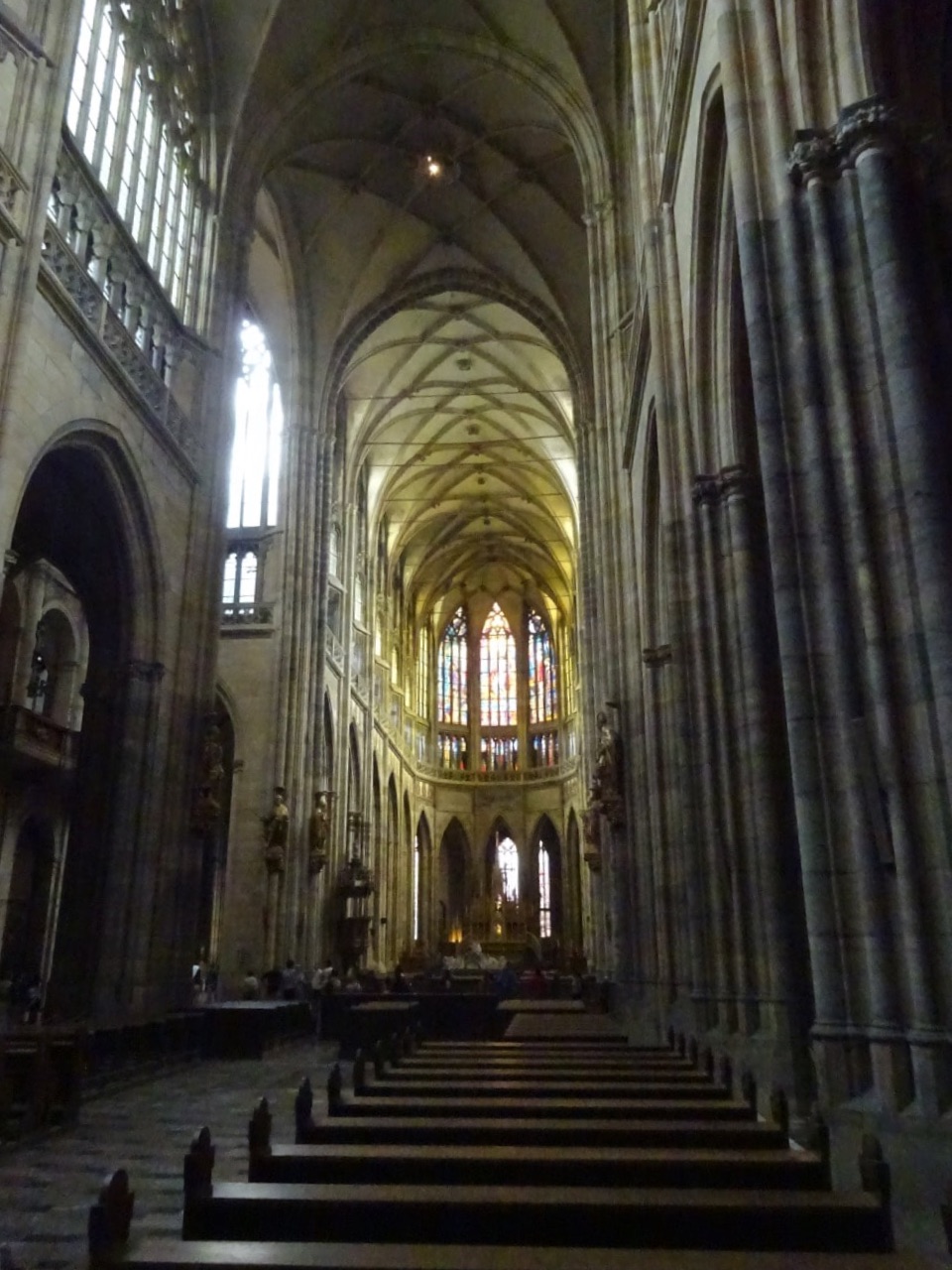
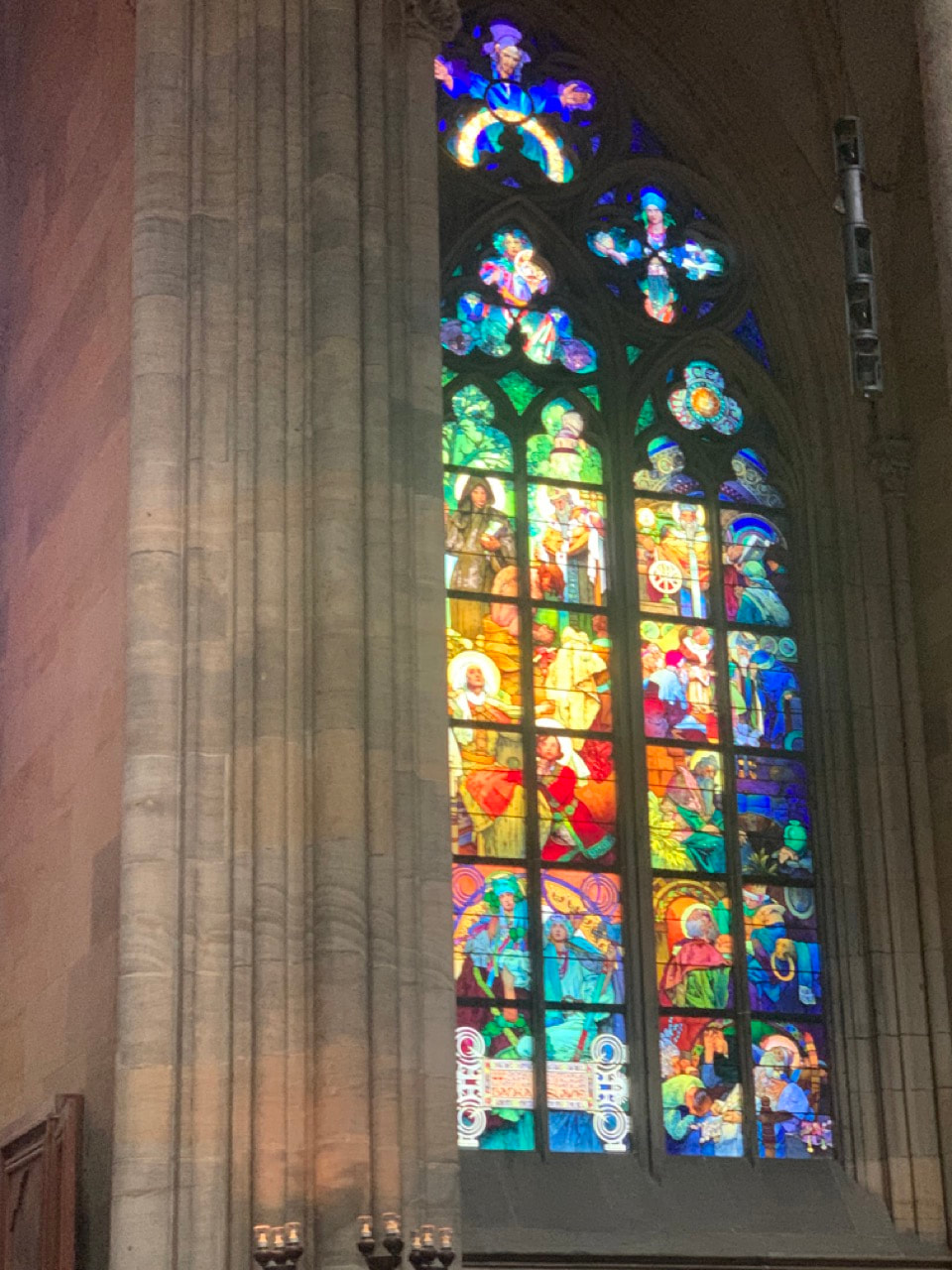
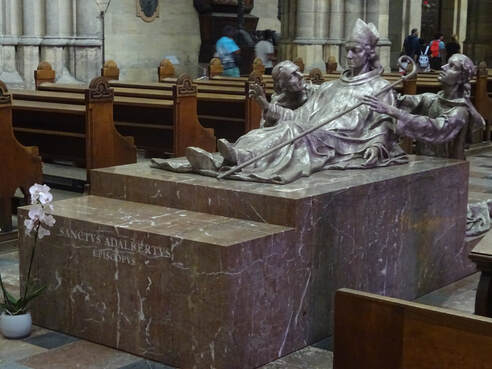
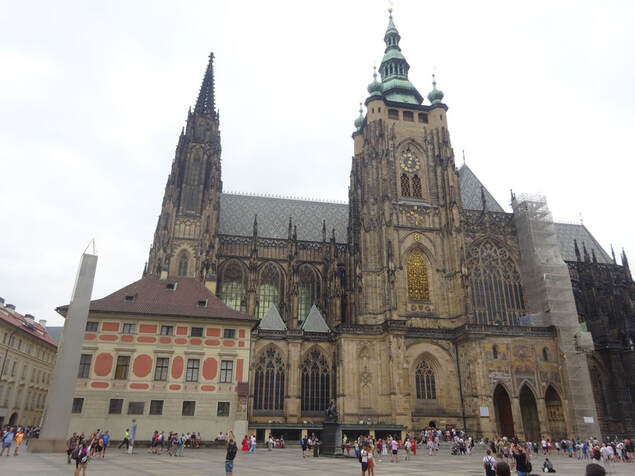
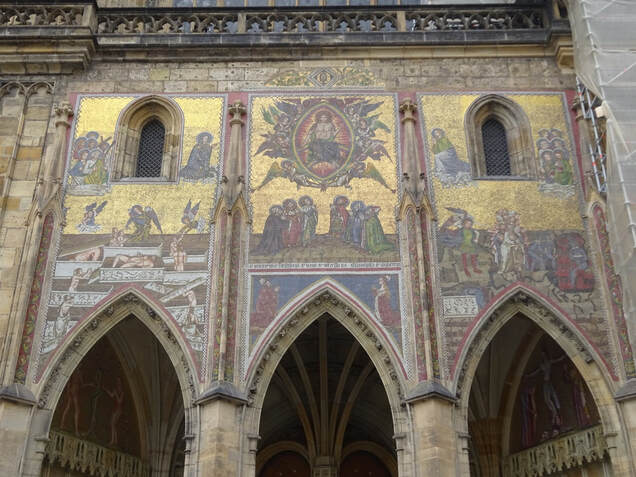
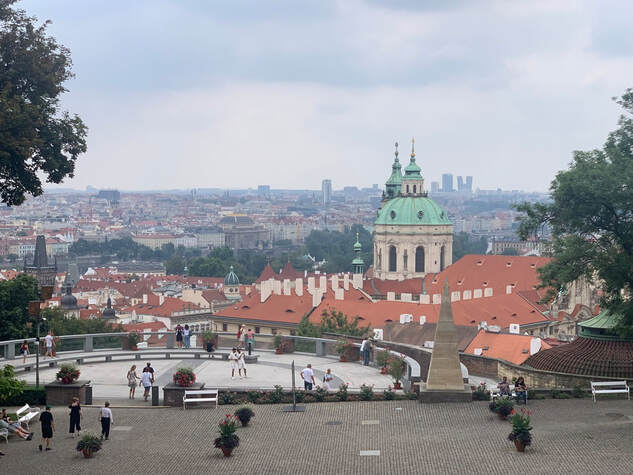

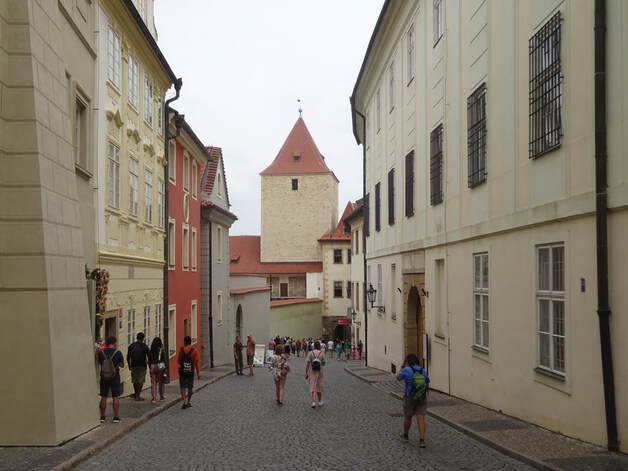
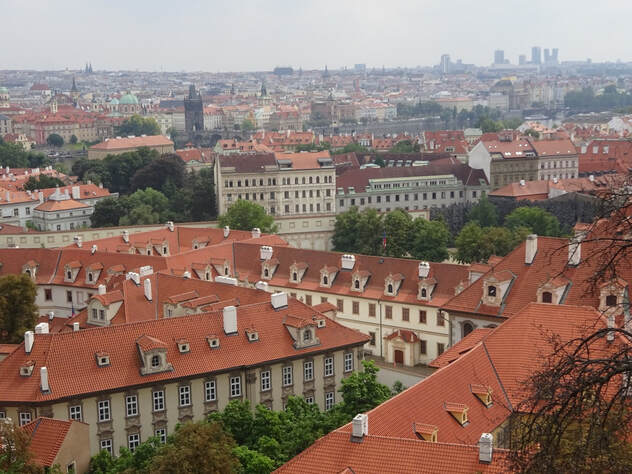
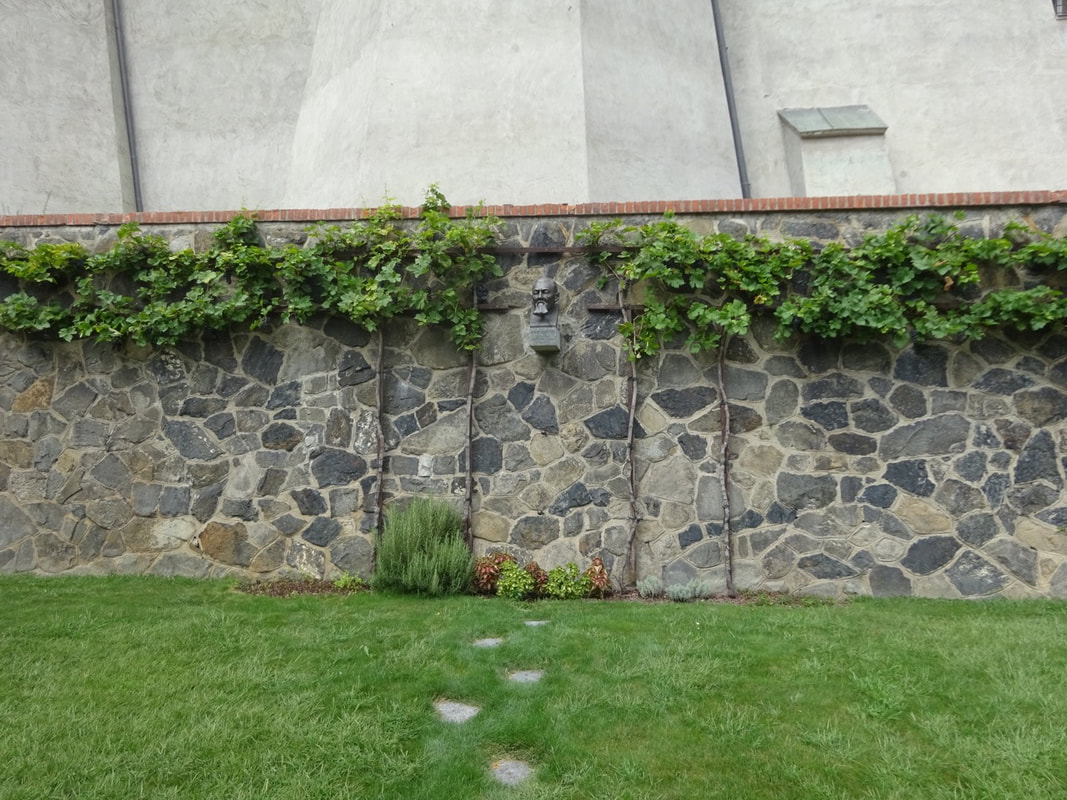
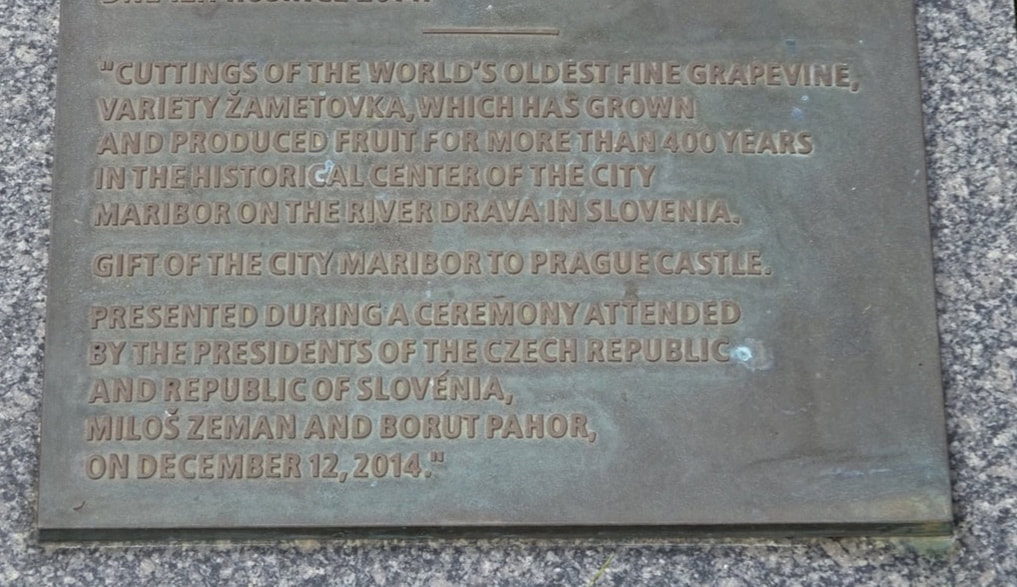
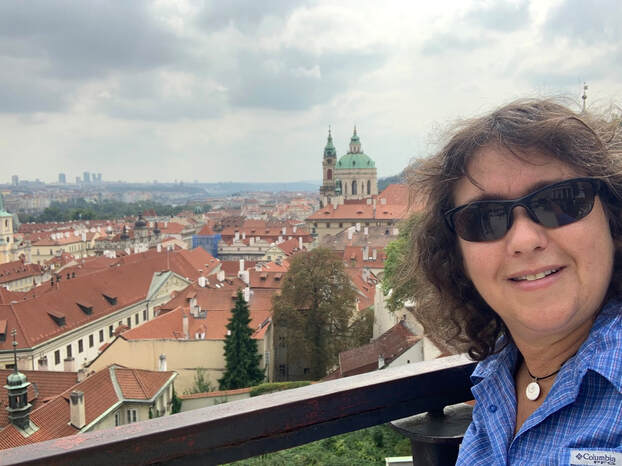
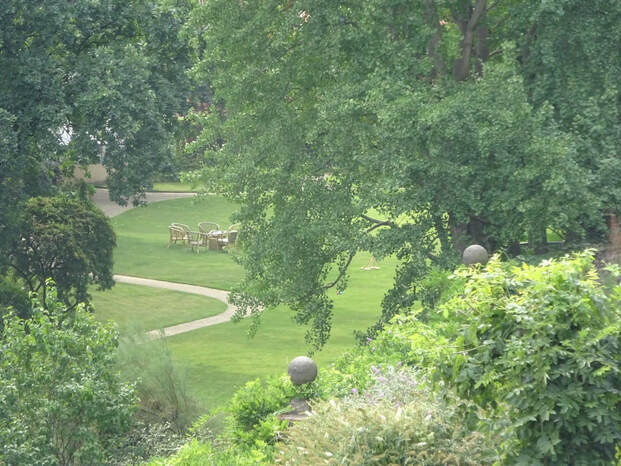
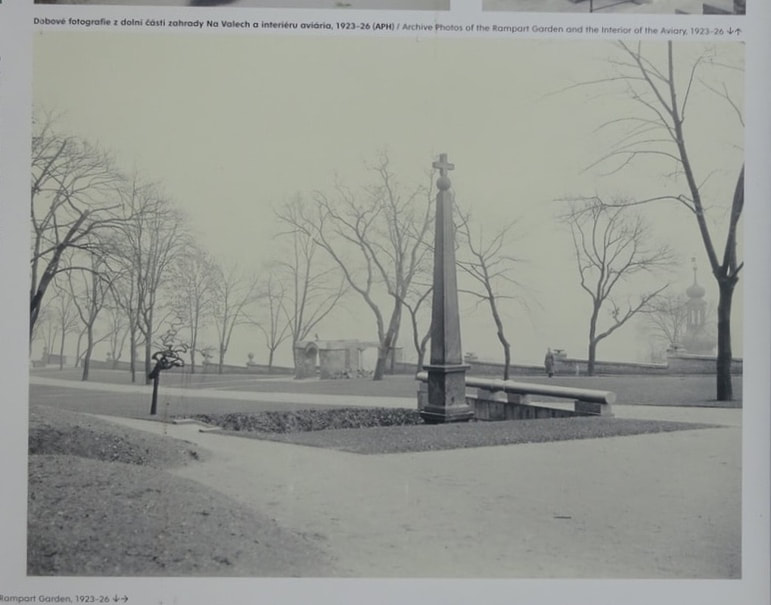
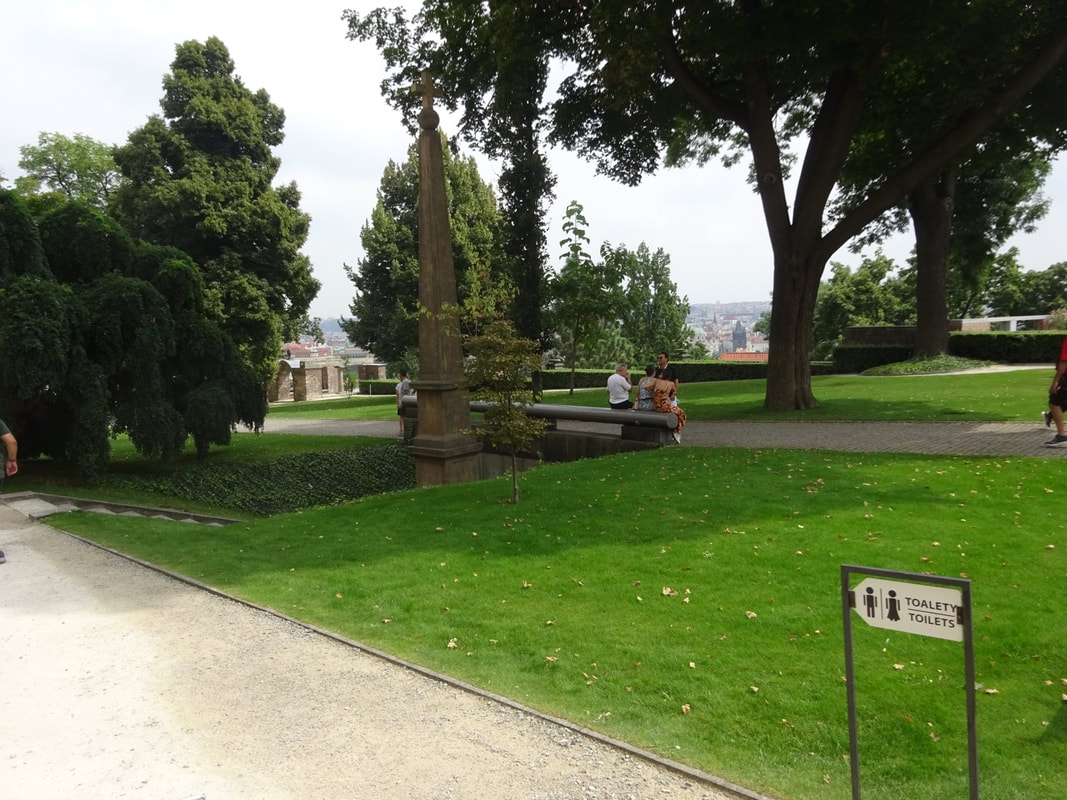
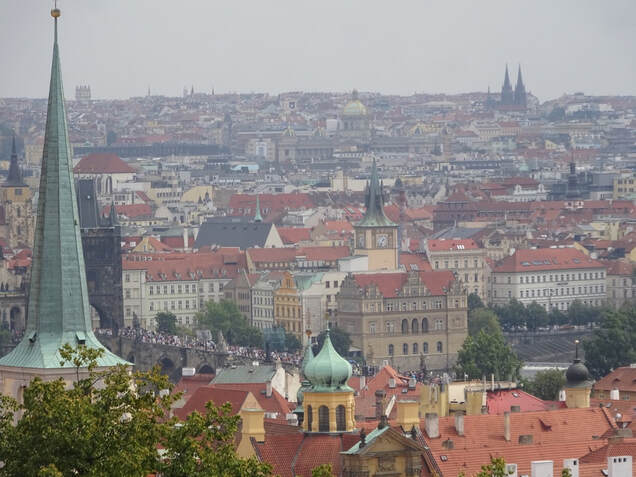
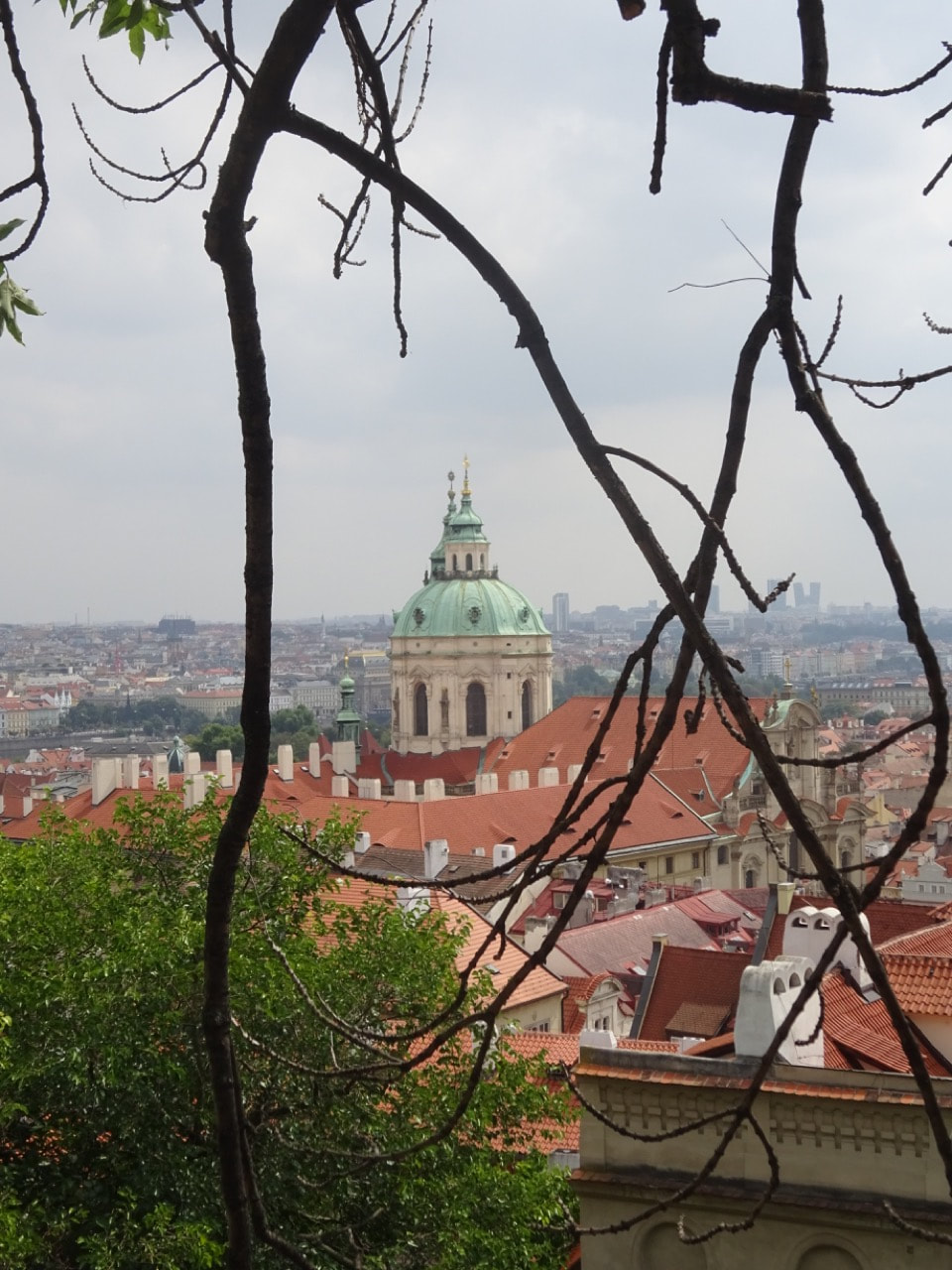
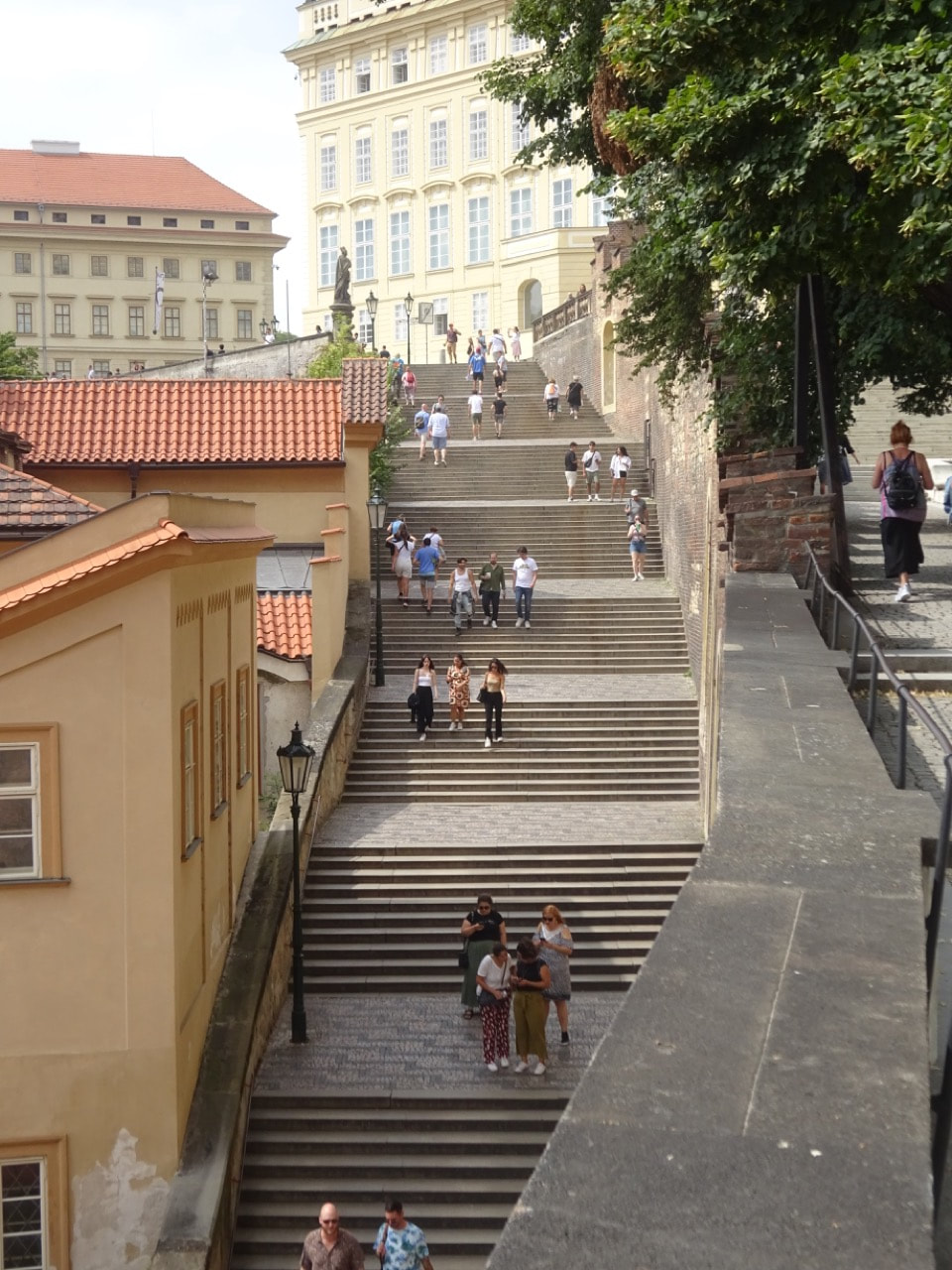
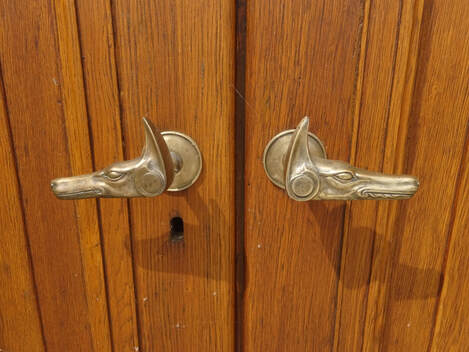
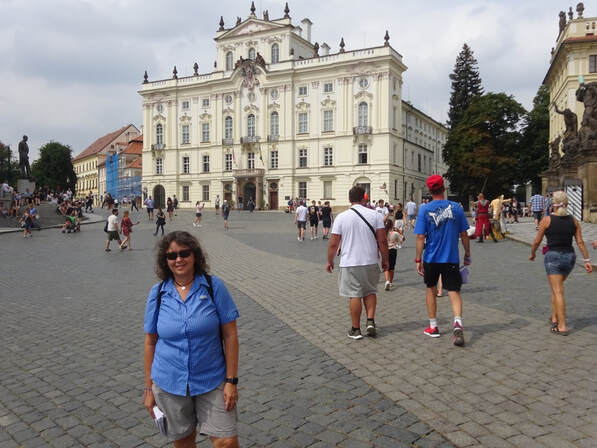
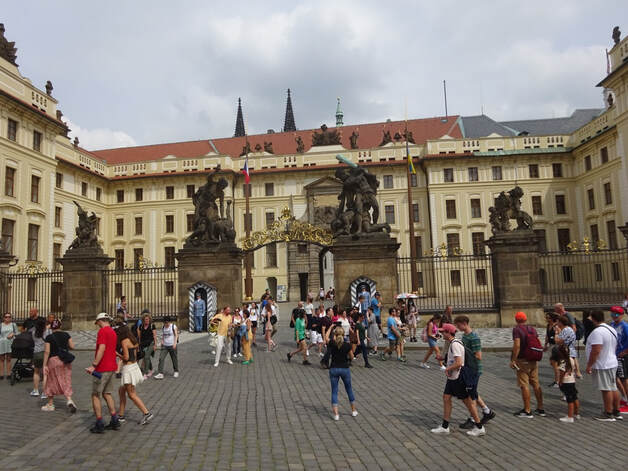
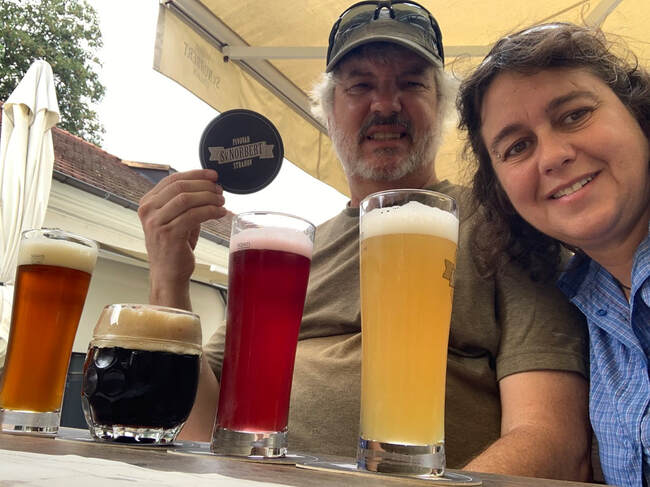
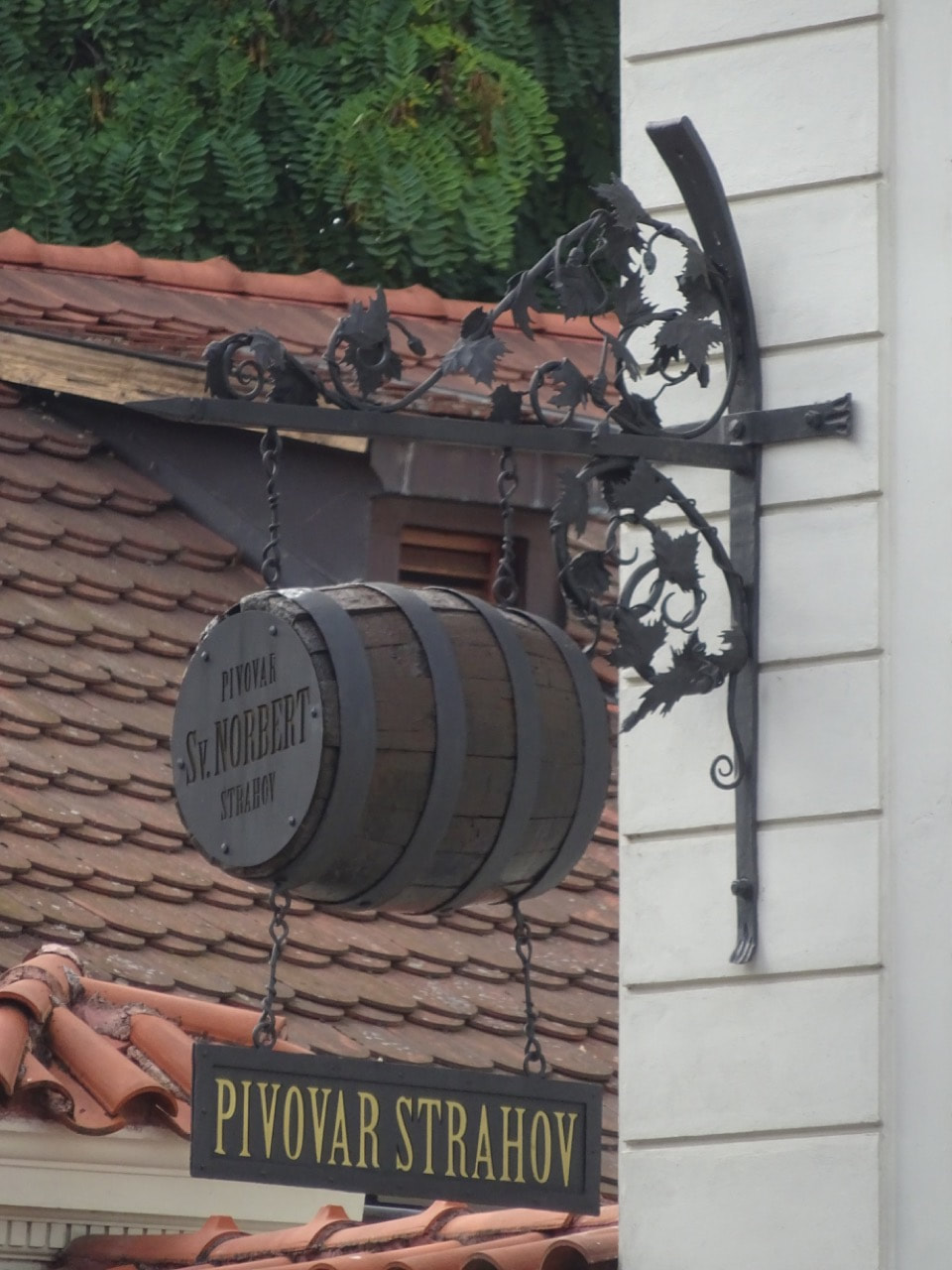

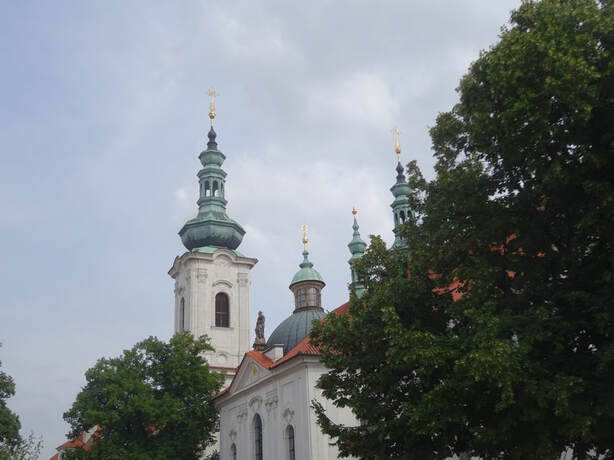
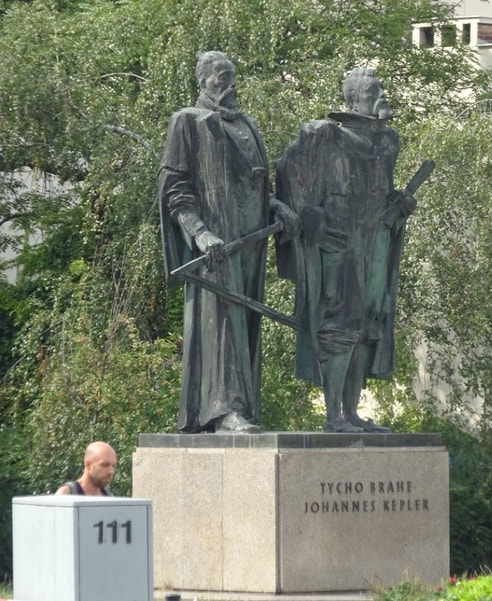
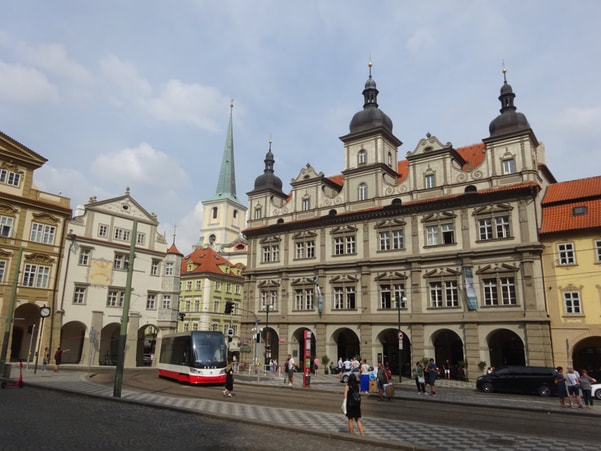
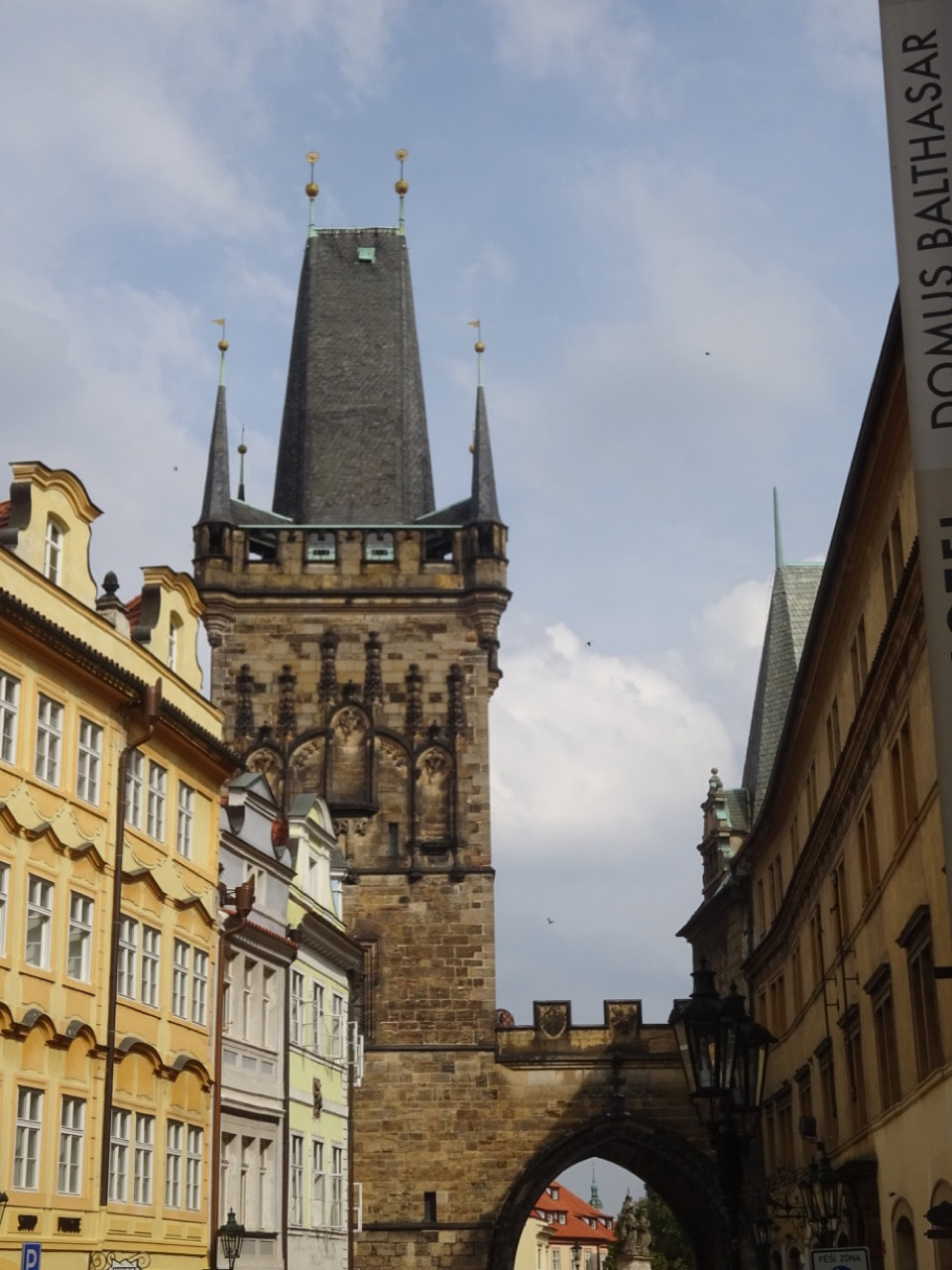
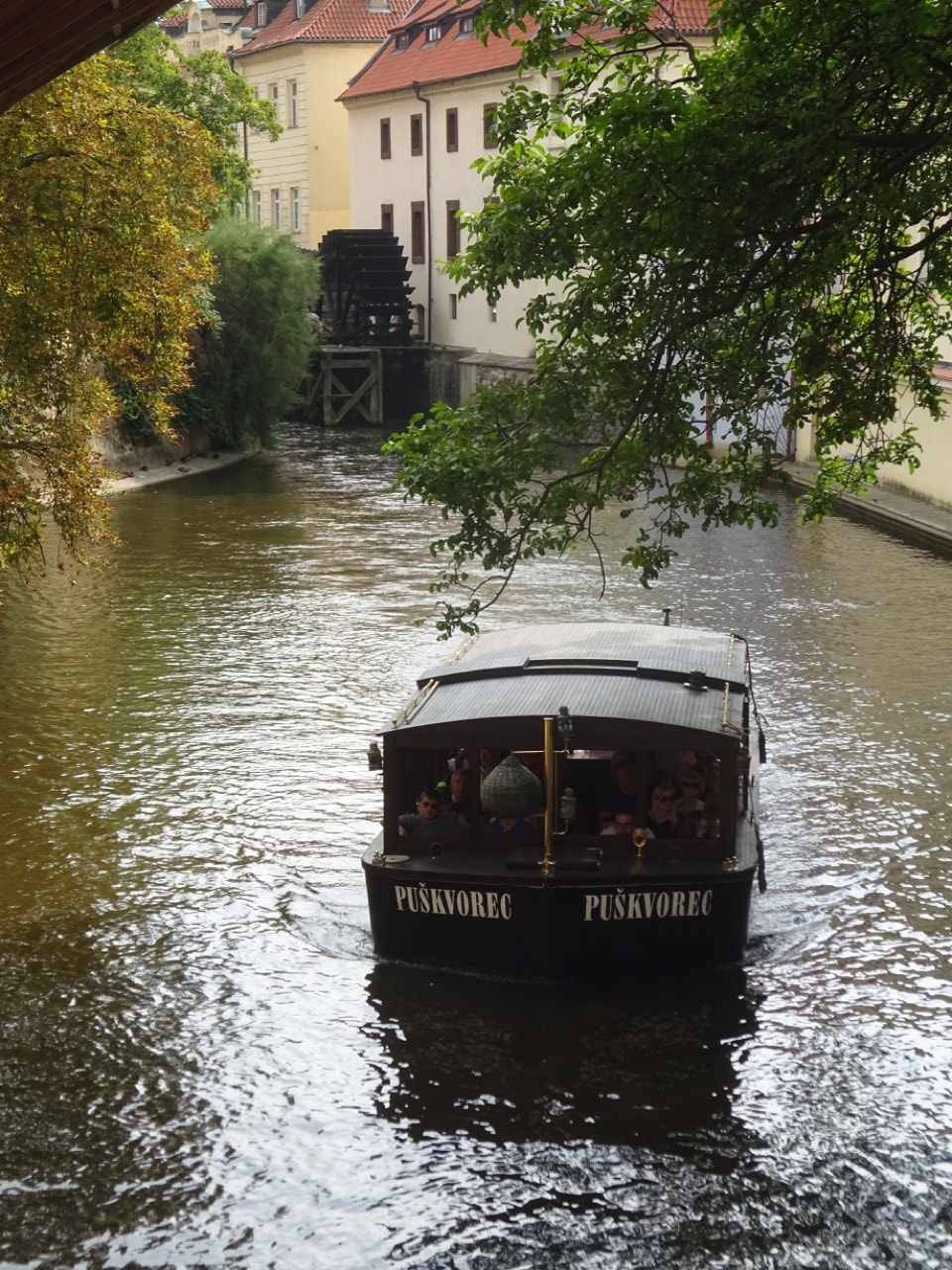
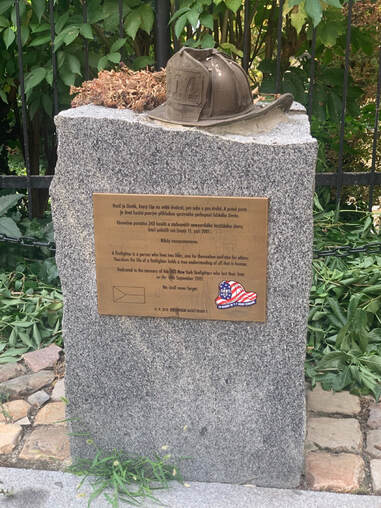
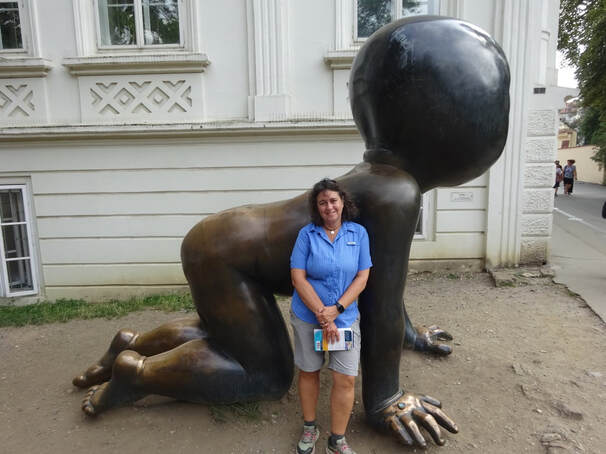
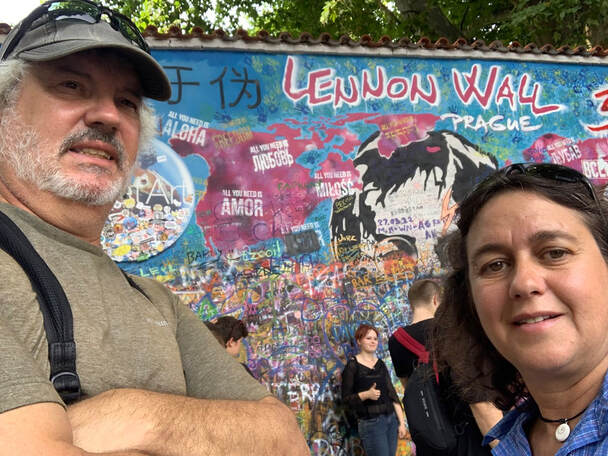
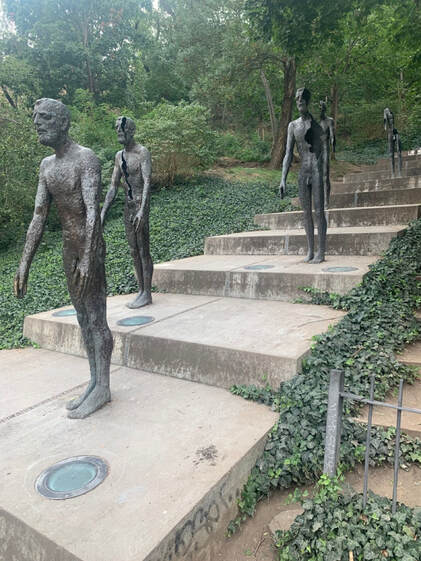
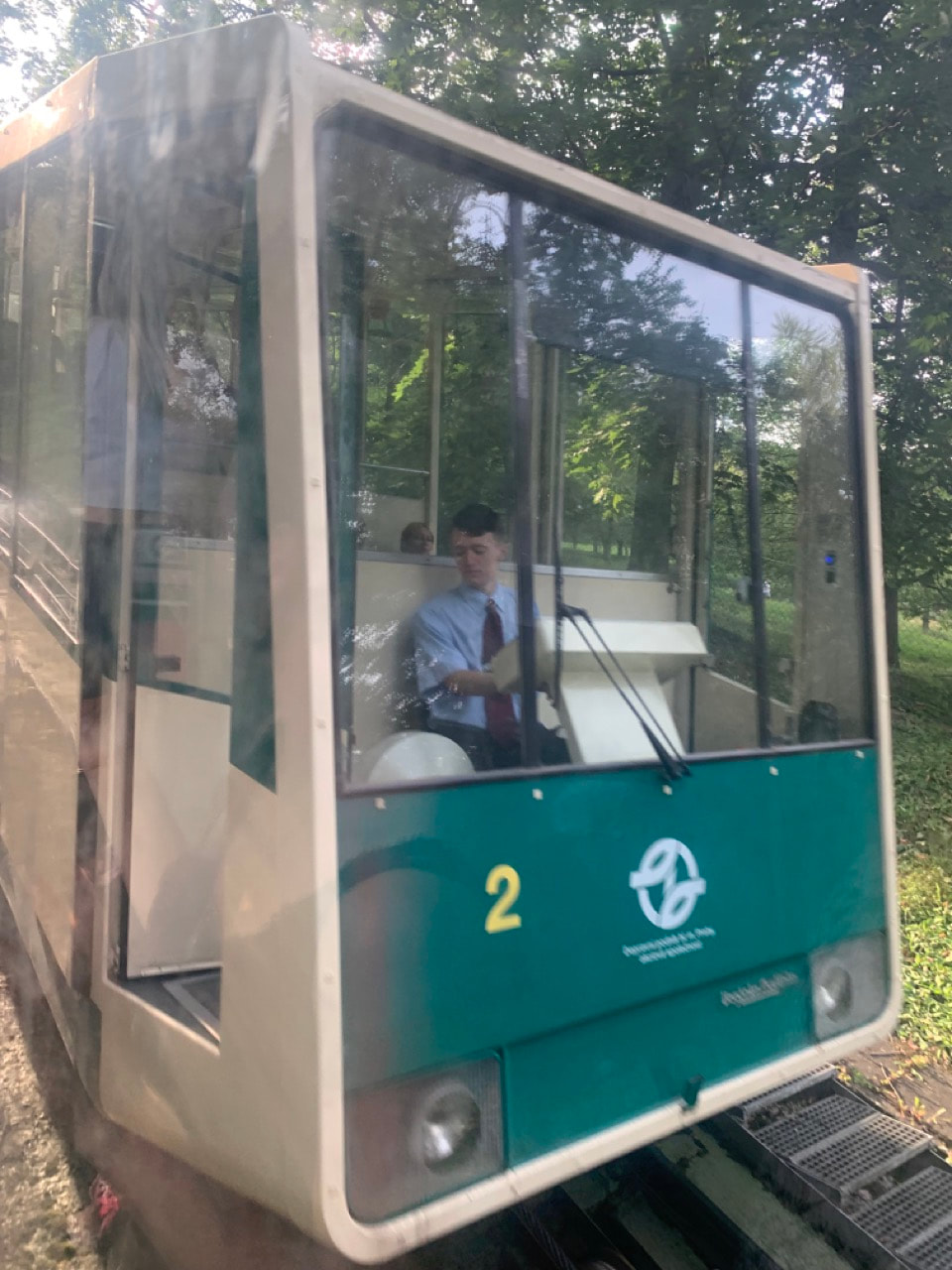
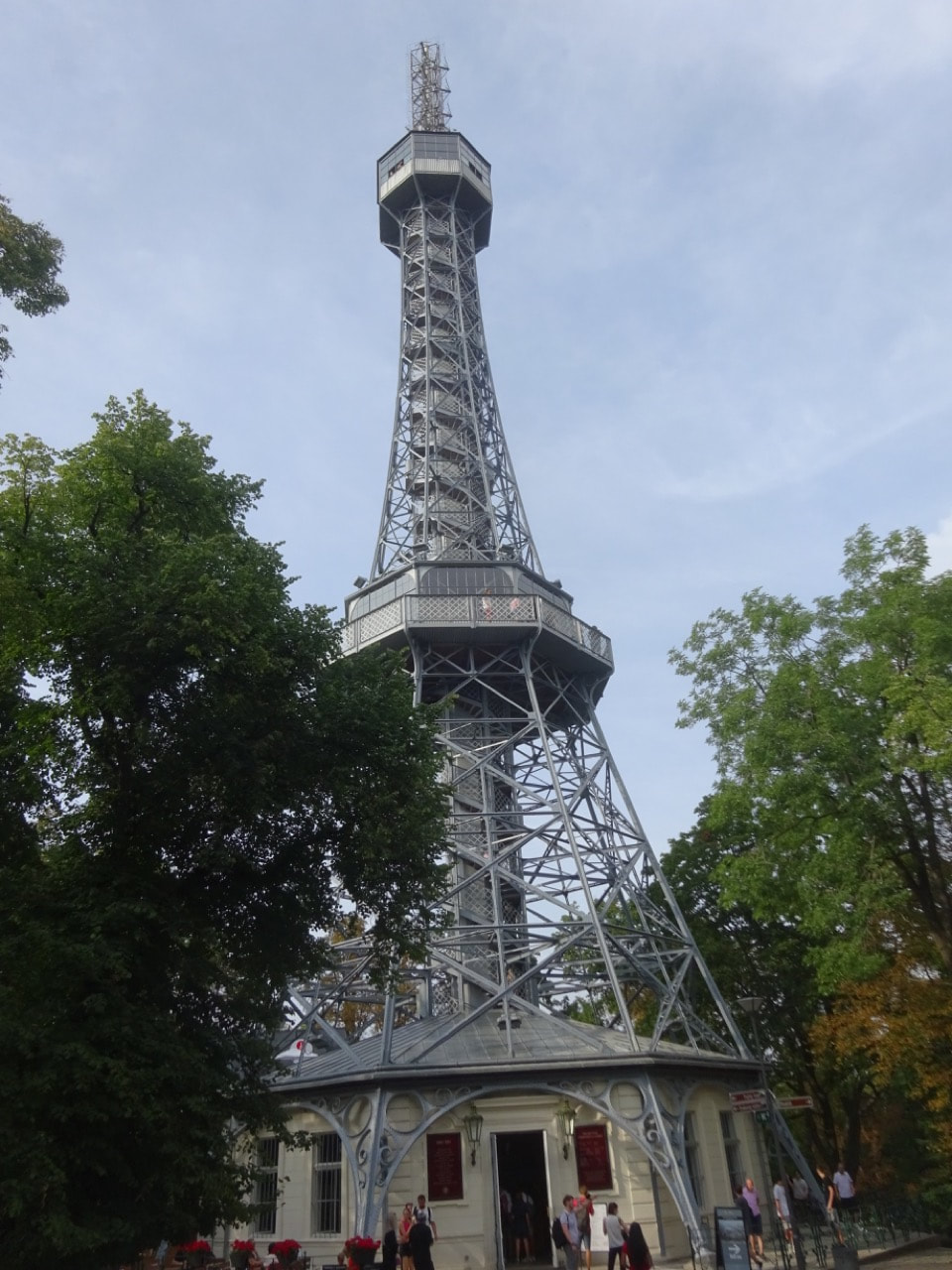
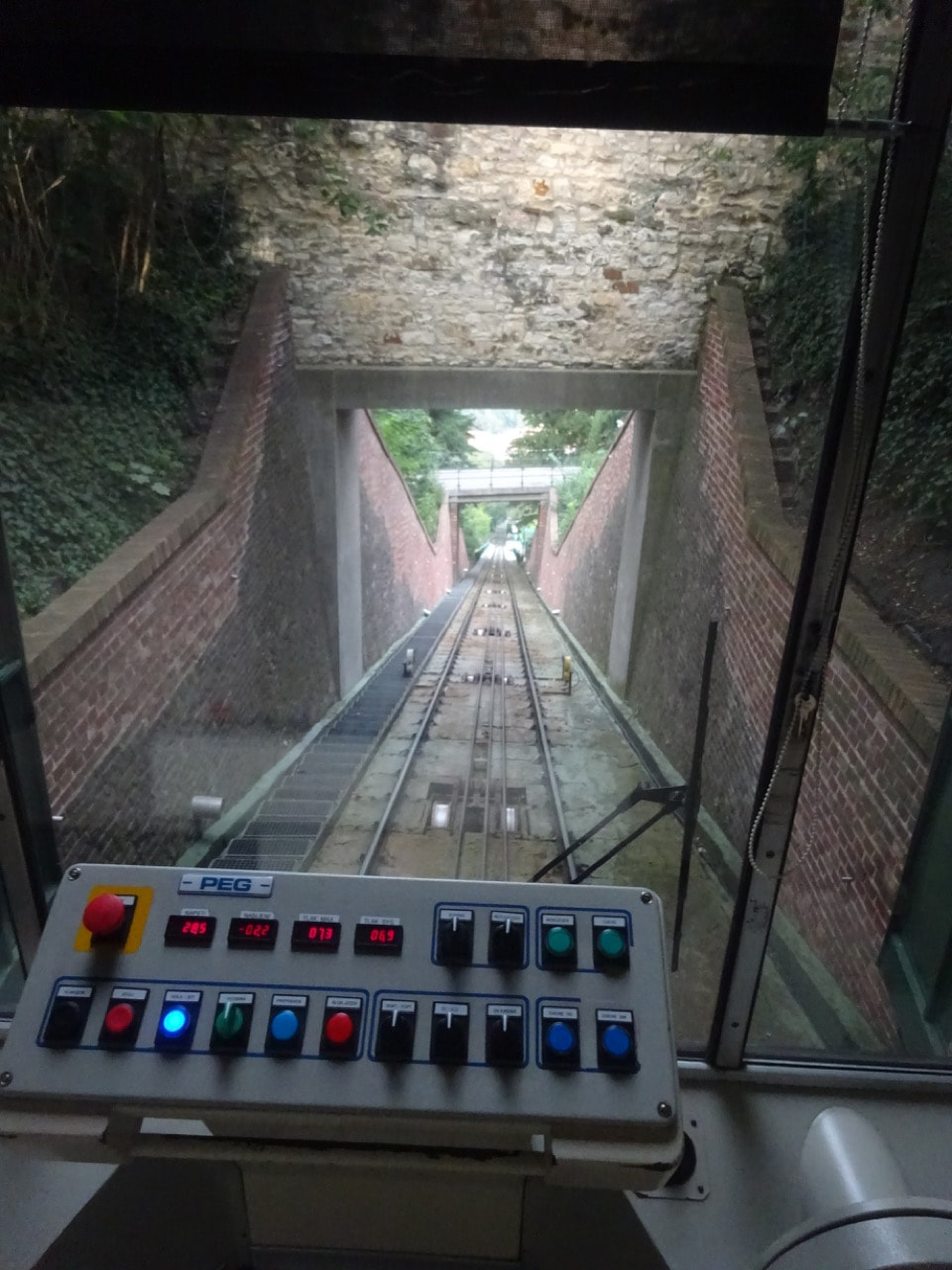
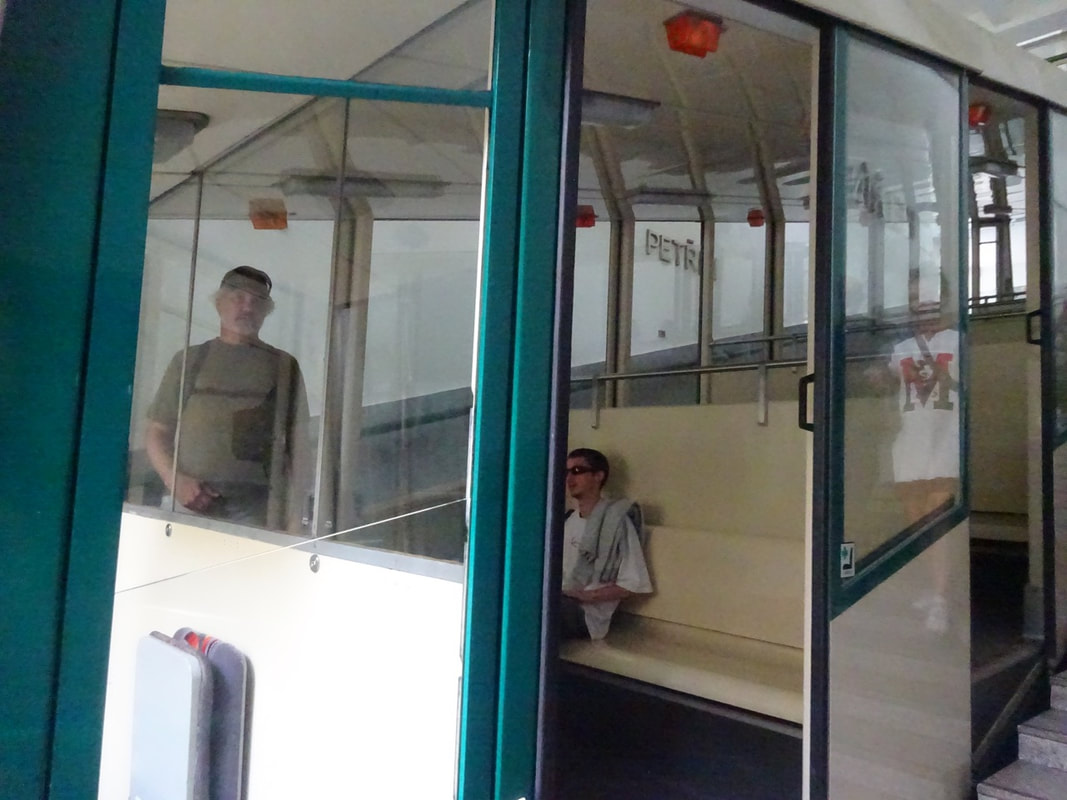
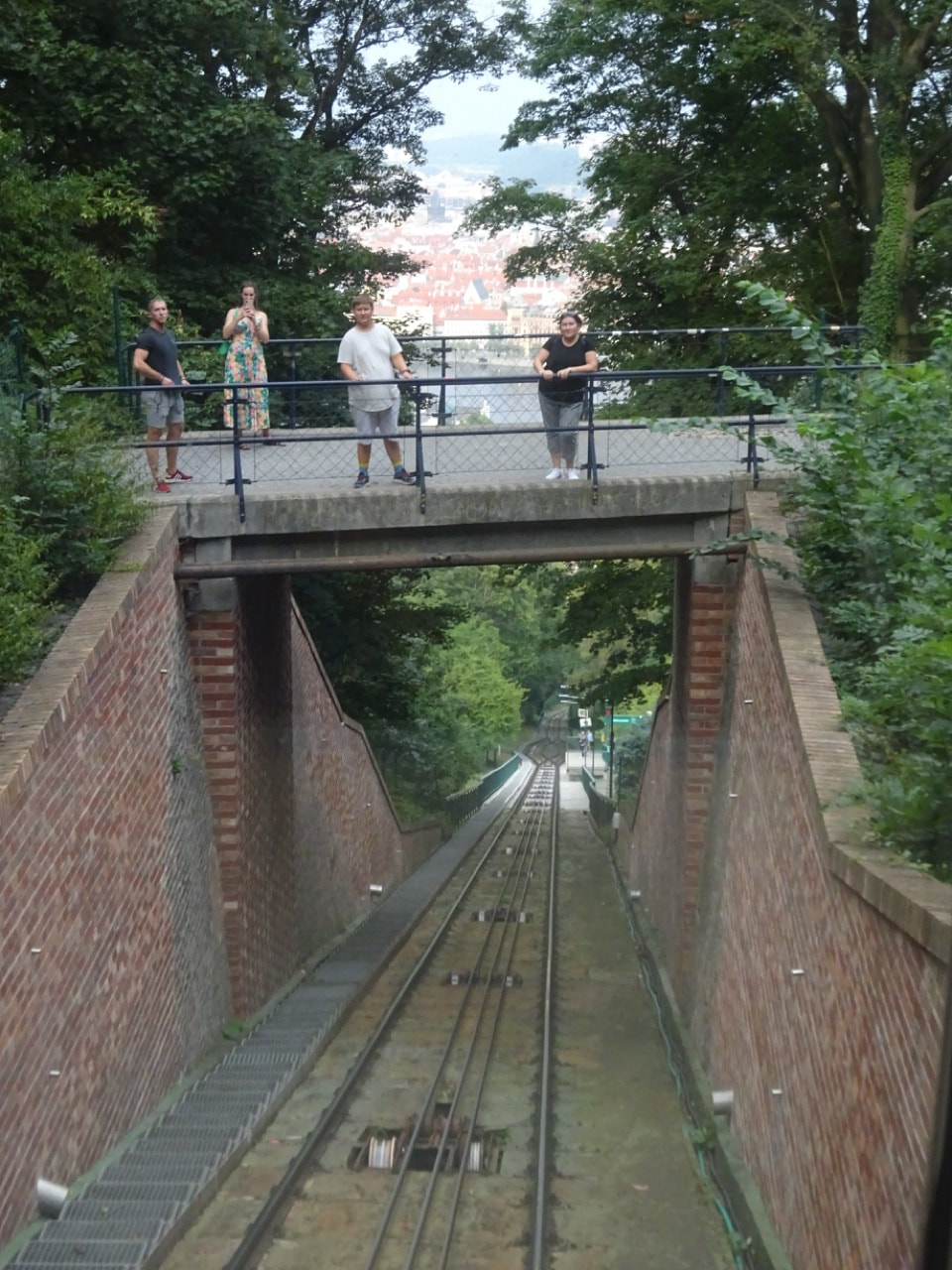
 RSS Feed
RSS Feed
